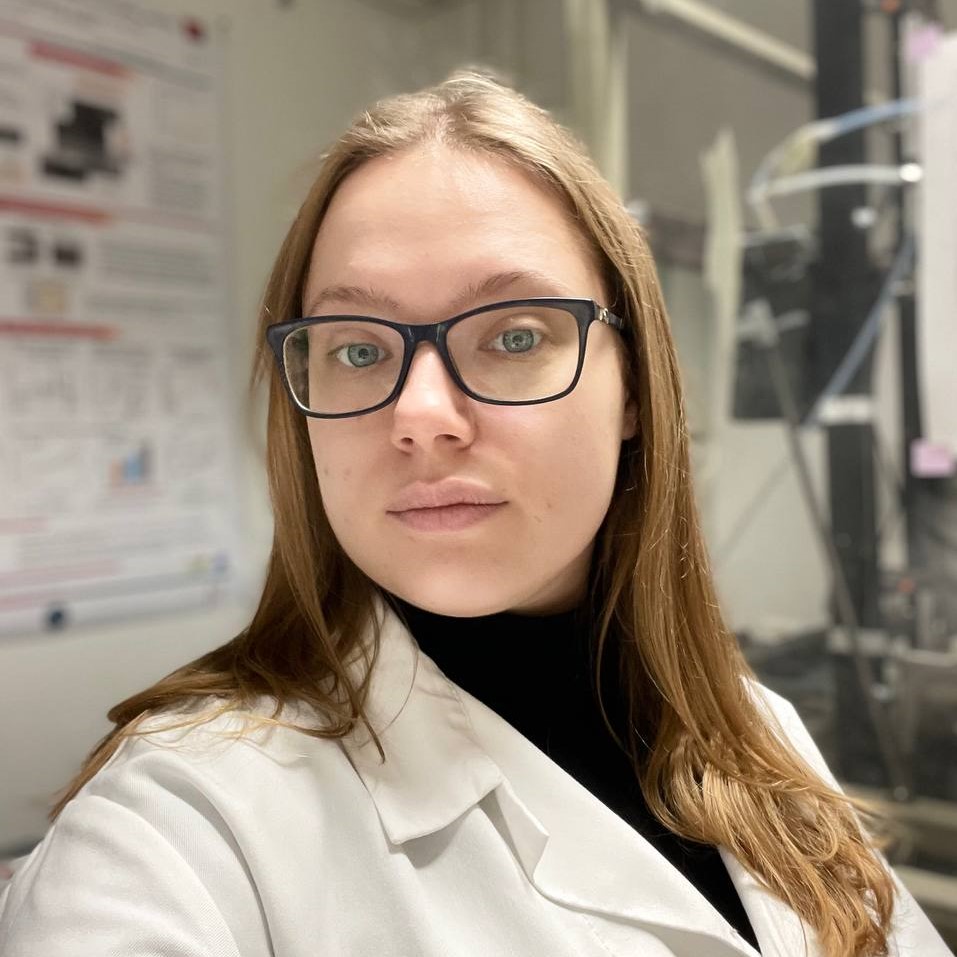KOROLEVA Aleksandra
2022-2025
Ph.D. thesis in collaboration between the TIMA and LMGP laboratories
Thesis project: Study and development of La2NiO4+δ (L2NO4) memristive devices for bio-inspired computing
· Study of the combined filamentary and interfacial switching mechanism of MIEC-based memristive devices. Investigation of the impact of the oxygen content in L2NO4 films on the memristive properties of TiN/L2NO4/Pt devices. Development of BEOL-compatible L2NO4-based memristive devices.
· Investigation of the potential behavior of TiN/L2NO4/Pt synapses in the spiking neural network (SNN) architecture using the BindsNet simulation tool based on unsupervised learning.
· Circuit-level integration of the TiN/L2NO4/Pt cross-bar arrays. Development of the compact model of the devices for the SPICE-level simulations.
2017-2019
Master of Science, Moscow Institute of Physics and Technology, Russia
Specialization: Applied Maths and Physics
Average: 4.7/5.0
2013-2017
Bachelor of Science, Moscow Institute of Physics and Technology, Russia
Specialization: Applied Maths and Physics
Average: 4.3/5.0
Activités / CV
2019-2022
Scientific Researcher
Moscow Institute of Physics and Technology
Working with the atomic layer deposition (ALD) group at the Center of Shared Facilities in Nanotechnology on optimization of resistive and ferroelectric memories
- Resistive switching in transition metal oxides
· Investigation of the analog properties of non-filamentary volatile WOx/HfO2 bilayer memristive structures. Study of the influence of vacuum annealing on oxygen vacancy concentration in the WOx films using in situ X-ray photoelectron spectroscopy. Design of the CMOS-compatible 3D device with the ALD Ru vertical electrode for reservoir computing.
- Novel materials for FeRAM
· Study of the impact of the electrode material (TiN and Ru) on the reliability of the fully ALD HZO-based ferroelectric capacitors.
· Interface engineering for retention improvement in fully ALD TiN/HZO/TiN structures - the study of the impact of the TiO2 bottom interlayer thickness on the structural and electrical properties.



